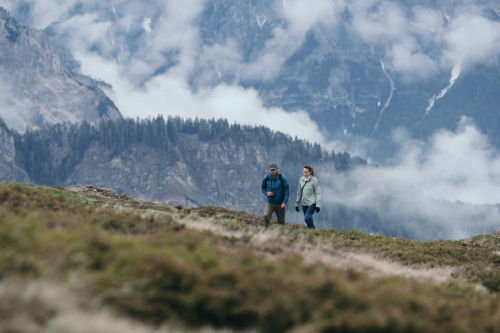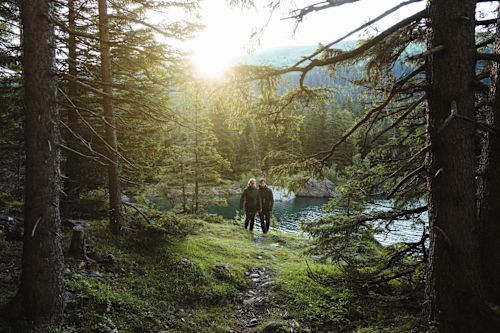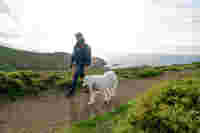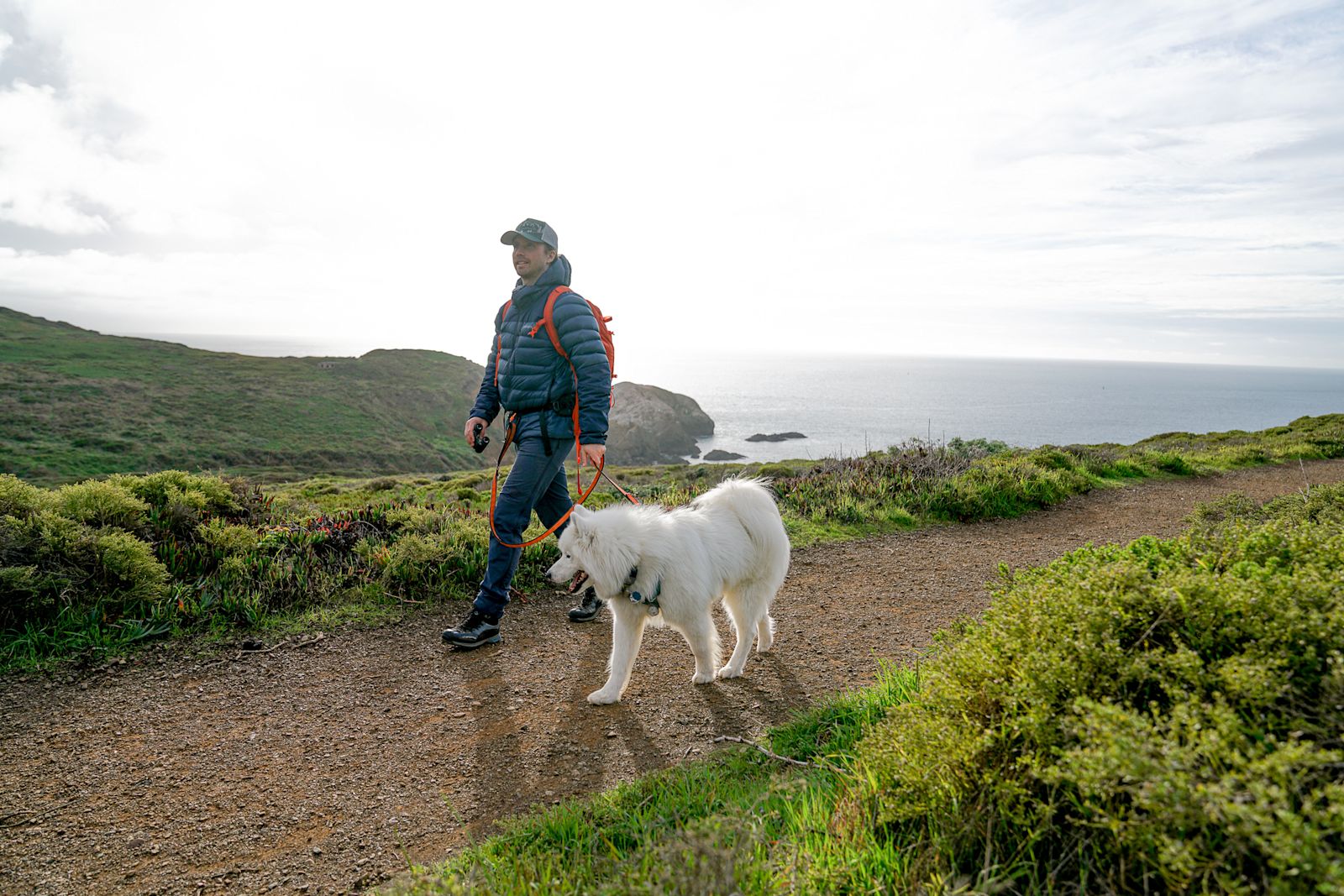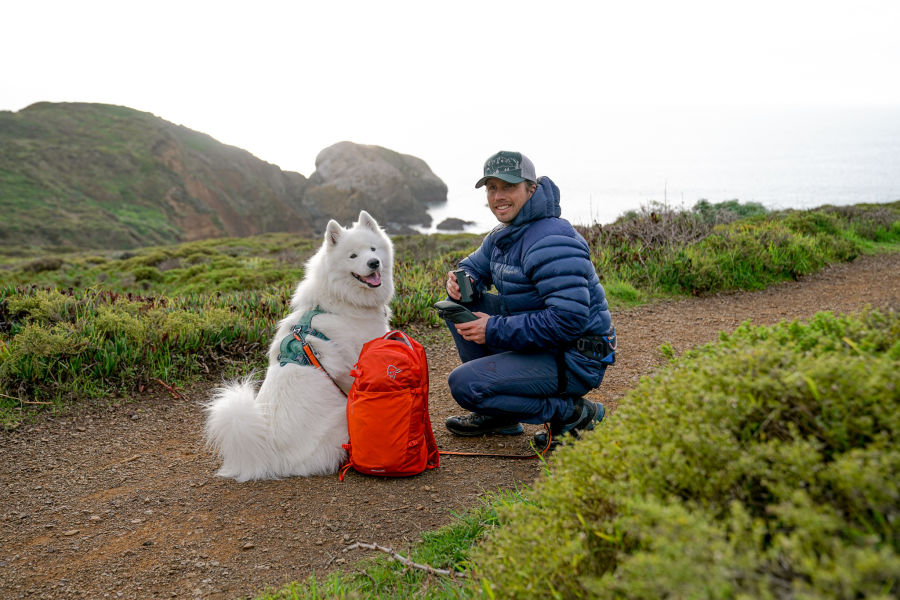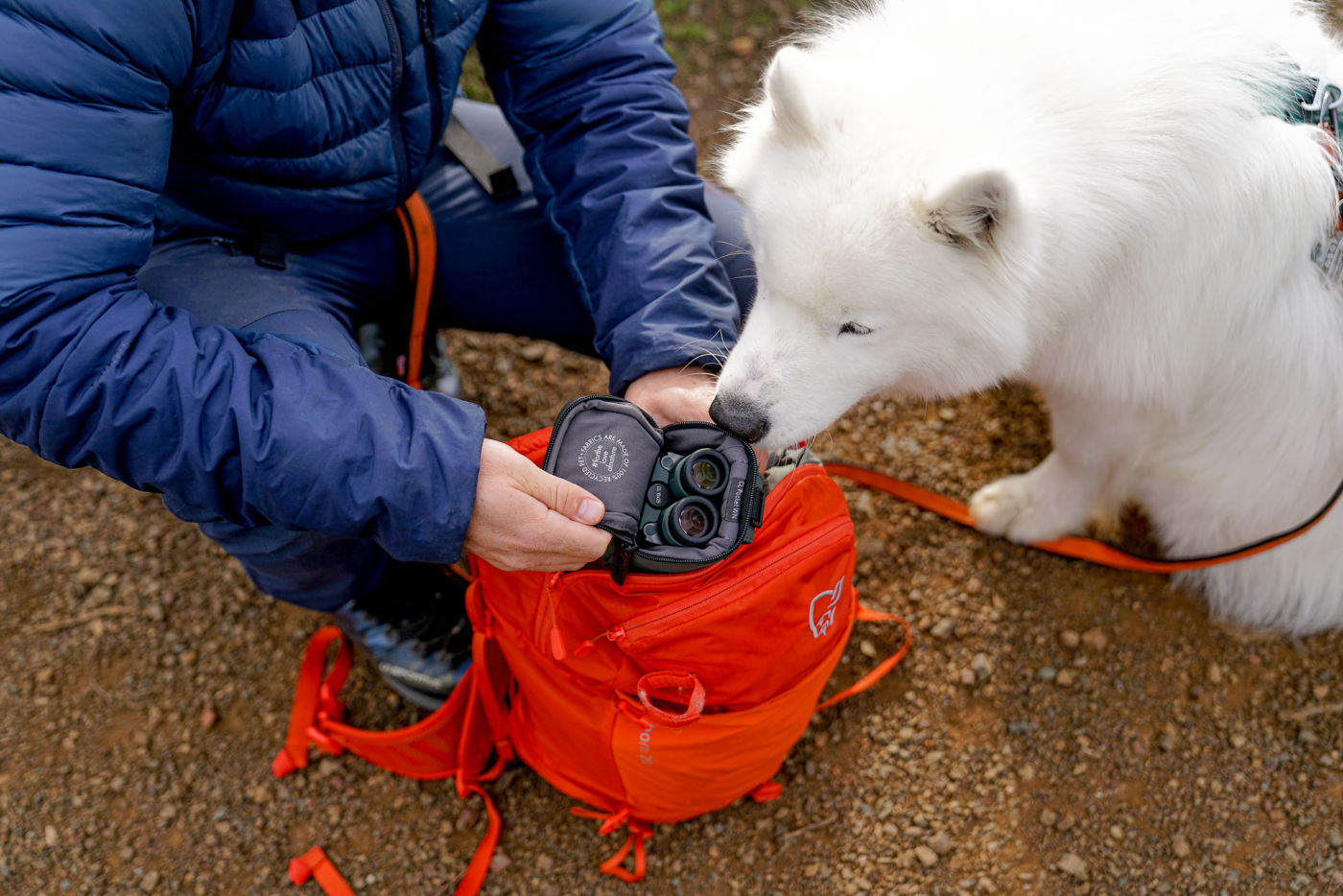By now the gray whales have begun their ancient march north from the nursery waters of Baja California. Unlike any other, this 12,000-mile (19,312 km) journey is considered the longest known migration of any mammal on Earth. With young in tow, they head towards Alaska and the arctic sea ice. There, where the productive waters of the Bering, Chukchi and Beaufort Seas swell with life, the gray whales will feast and raise their young until October when they head south once again.
With a gentle northwesterly wind drifting across the headlands, we scanned the nearshore waters for signs of cetacea. Often a trained and keen eye is required to pull the breadcrumbs from the sea. What we were looking for were the deep exhales of a passing gray whale, nothing more than a momentary whisp of breath amongst the whitecaps and rolling swell. Between us and the whales, tides of surf scoters and double crested cormorants, Brandt’s cormorants, western gulls, and California pelicans came and went presumably in search of roost and rest, food or friends.
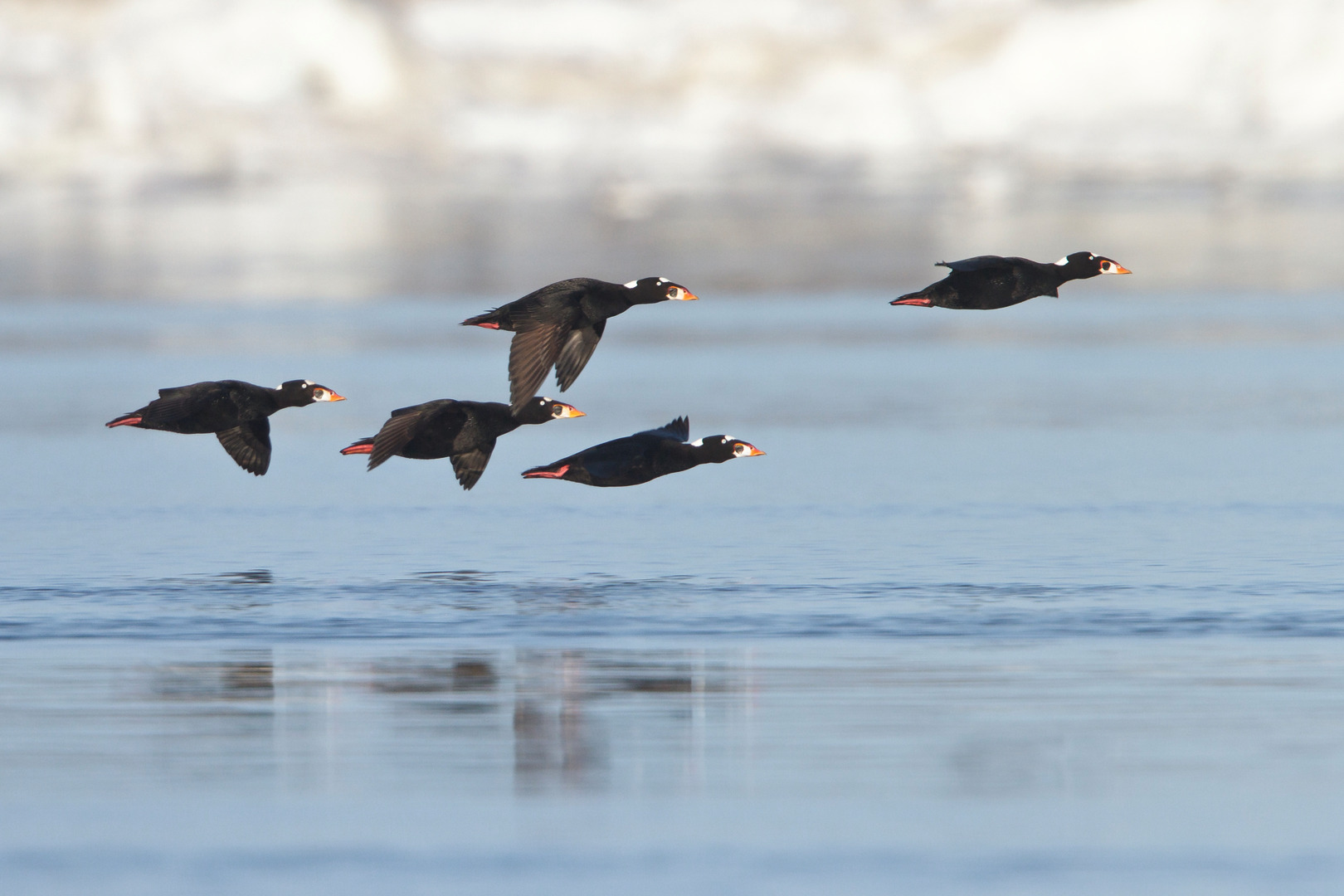
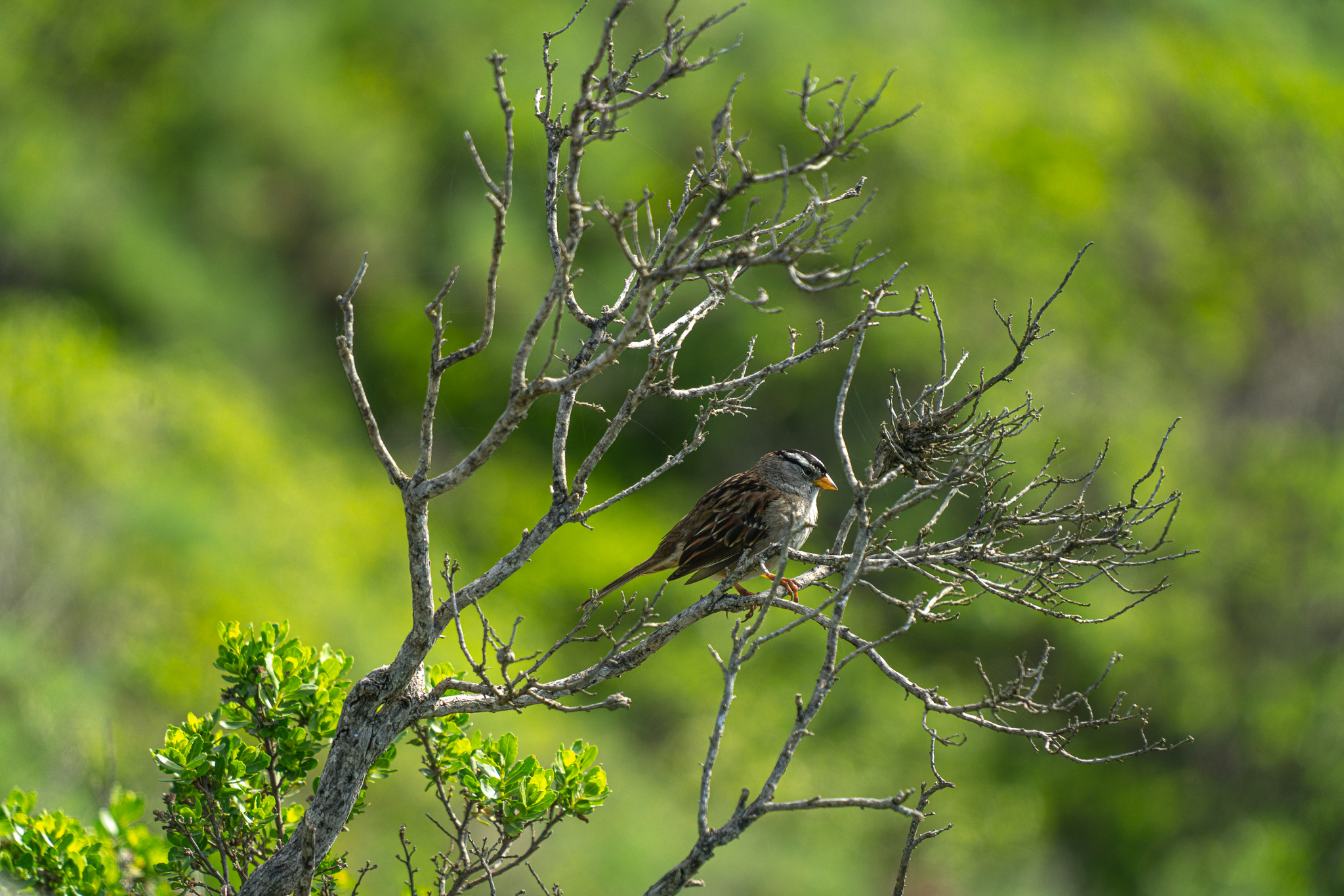
Surf Scoters by Glenn Bartley
White-crowned Sparrow by Charles Post
While we scanned the distant horizon, our eyes fixed seaward, I couldn’t help but notice the white crowned sparrows fluttering about. The males proud and vivacious, sang their coastal scrub serenade from the tallest of the coyote brush and lupine that pepper the headlands creating a mosaic well suited for not just the local sparrows but a host of other curious species many of whom feed the hovering red tail hawks that frequent the airspace overhead.

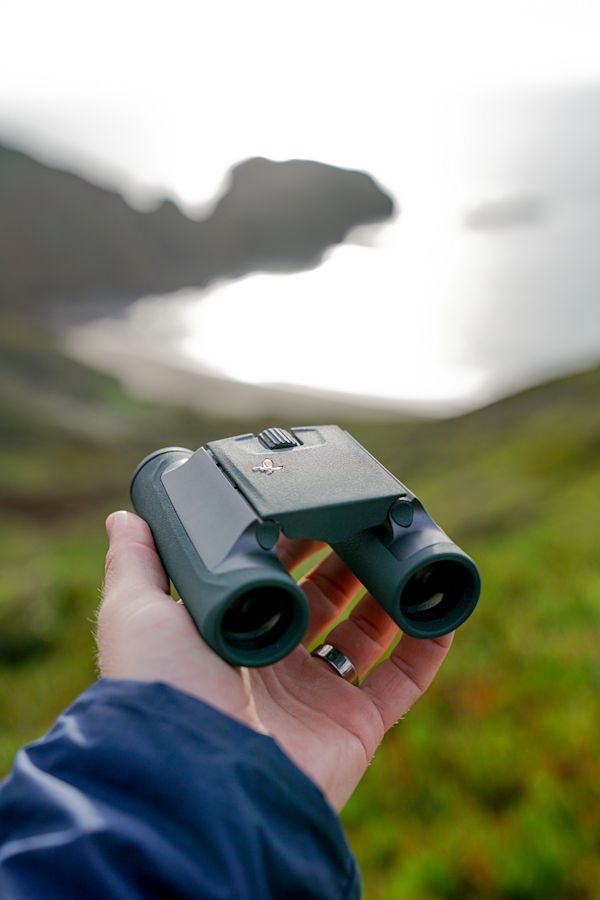
but in fact the Marin Headlands are nested within the Golden Gate National Recreation Area, an 82,000-acre nature preserve all within sight and a stone's throw of San Francisco’s urban metropolis. Here where the sloping chapparal ecosystem meets the sea and, in the more northerly facing slopes, redwoods and willow, I find myself at a unique confluence of ecosystems.
Depending on where you plant your feet, and at what point in any given season you make a visit will influence who you’re likely to meet on any particular foray into the field. And it’s precisely this probability of encountering biodiversity that makes this slice of nature, this corner of the globe among my favorite places to lean into my binoculars and take a good look around.
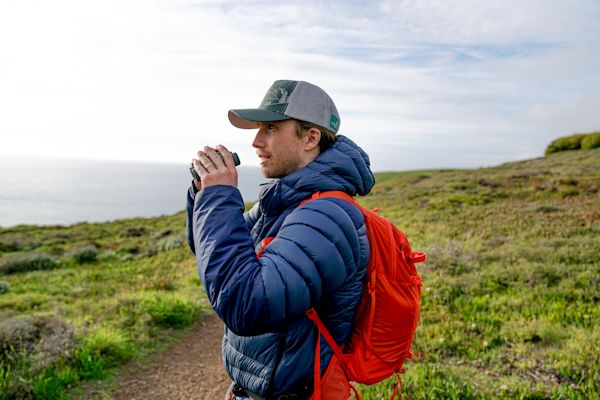
About the Author:
Charles Post
is a Norway based ecologist, Explorers Club Fellow, and award-winning filmmaker with a love for birding and exploring the outdoors with his wife, Rachel Pohl and their Samoyed, Mr. Knute. Following nearly a decade of field work and studies at U.C. Berkeley, earning his bachelor and master’s degrees in ecology, Charles embarked on a creative journey, spanning topics from the decline of kittiwakes in the Norwegian arctic to the beauty and fragility of migrating raptors across North America.
For more information and fascinating adventures visit his Instagram account: @charles_post.

